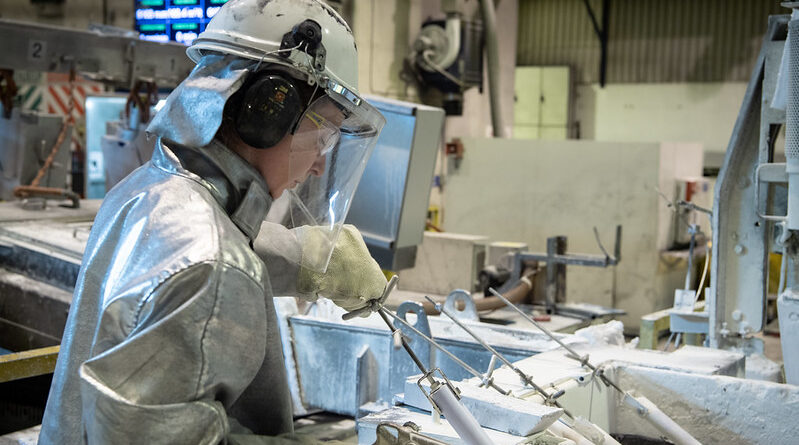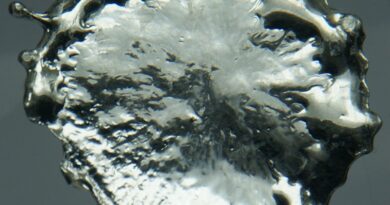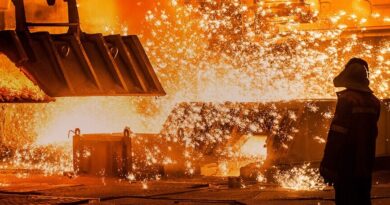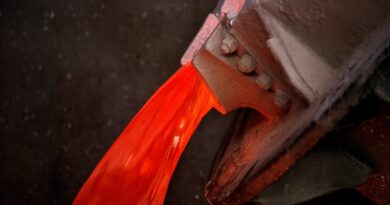Hydro to produce first near-zero carbon aluminium in 2022
In launching its new sustainability ambitions, Hydro has announced its intention to deliver its first commercial volumes of near-zero carbon aluminium in 2022. Hydro is also continuing its technology efforts toward an industrial scale pilot producing carbon-free aluminium by 2030.
“The world needs a green transition to fight climate change. This is both our most important challenge and our biggest opportunity. The world must reduce its carbon emissions and I am excited to announce Hydro’s ambition to deliver the first commercial volumes of near-zero carbon aluminium already in 2022,” says President and CEO Hilde Merete Aasheim.
The ambition to deliver near-zero carbon aluminium in 2022 will come from the use of more recycled post-consumer aluminium scrap. The ambition is to deliver first commercial volumes of aluminium with 0.5-1 kg CO2/kg aluminium, through the value chain, already next year. This is a significant improvement, compared with the current 2.3 kg CO2/kg aluminium in Hydro CIRCAL extrusion ingot with 75% post-consumer aluminium scrap.
The production capacity for near-zero carbon aluminium will be developed in line with market demand for this near zero-carbon aluminium.
Hydro is also developing solutions for carbon-free aluminium. The aim is to have this available by 2030 and efforts are concentrated along three main pathways to zero.
One main pathway suited for greenfield smelters is Hydro’s proprietary HalZero technology. This is a technology based on converting alumina to aluminium chloride prior to electrolysis in a process where chlorine and carbon are kept in closed loops, resulting in a fully decarbonized process for primary aluminium. Hydro has been working on lab-scale development on this technology for five years and has developed a roadmap for piloting this to industrial scale before 2030.
To secure the value of existing smelters, Hydro is also developing carbon capture and storage (CCS) solutions that can be retrofitted into aluminium plants in operation. Hydro has evaluated more than 50 CCS technologies and developed a roadmap for testing and piloting the most promising up to industrial scale. The most likely outcome will be a combination of off-gas capture and direct air capture to eliminate 100% of the emissions.
A third pathway to carbon-free aluminium is by recycling post-consumer aluminium, reducing emissions all the way to zero. This will be made possible by Hydro’s aluminium sorting technology and alloying expertise, in combination with replacing natural gas with green hydrogen or electrical heating at recyclers and casthouses.
Hydro is already an industry leader in technology, with an industry-leading world average climate footprint of 4.9t CO2/t liquid aluminium. The next decade will see increasing demand for low-carbon and carbon-free aluminium, produced using renewable energy and made for a circular economy.
“Climate, environment and social responsibility are mutually dependent. To succeed in decarbonizing society, we must strengthen our ambitions in all areas. We are strengthening our technology development to succeed, and production capacity will be developed in line with market demand. With our new sustainability strategy, we are raising the bar, setting clear ambitions where we will contribute to a fair and circular society,” says Aasheim.




